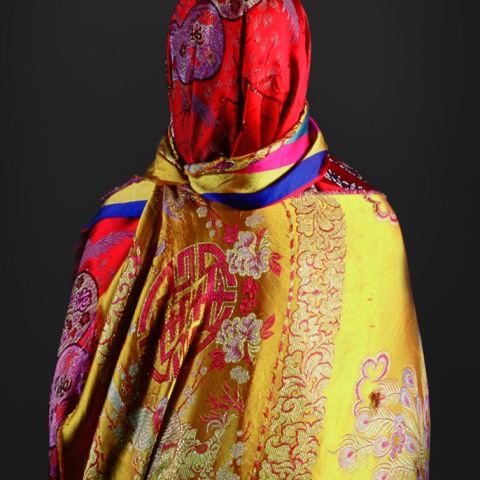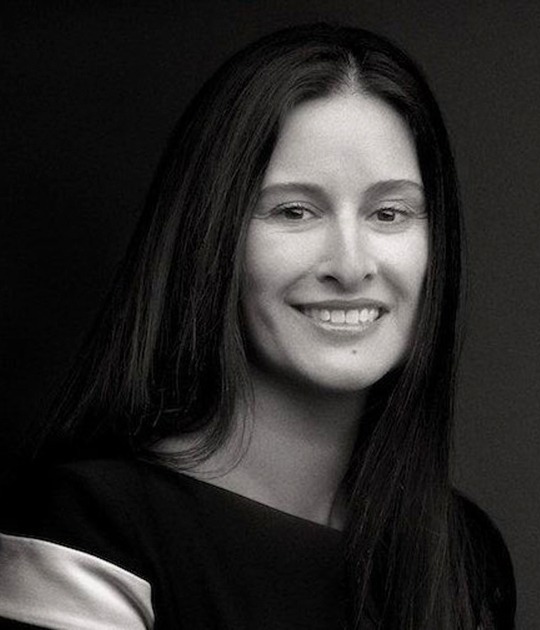The body, self and other, the relationship between yin and yang or the life and death are some of the issues addressed by the artist. To do this, she uses traditional Korean fabrics and bedcovers, architectural spaces and light spectra.
The notion of bottari (bundle of cloth made with traditional Korean bedcovers) as a whole and entire, and the concept of sewing, have been central components Kimsooja work for three decades. Asking several questions about the formal aspects of painting, sculpture, object and installation, Bottaris exhibition covers issues like the body, the self and others, the relationship between yin and yang, life and death. In addition, the bottari is an element that is often seen in her performances, her photographs or videos as a metaphor for her Korean tradition and social cohesion act.
In the exhibition, the artist presents three bodies of work. In each approximates bottari concept and its relationship to the Korean color theory, known as Obangsaek, and the tension around the performative figure. Indicating four cardinal points in the center, the Obangsaek theory draws the relationship of Yin and Yang, Shamanism and Taoism. In these three sections work the Obangsaek theory unfolds in relation to the presence / absence of the body dynamic scene.
Venue.- La Fabrica. C/ Verónica 13. 28014 Madrid. Spain.
Dates.- From February 4 to April 6, 2014.
The series exhibited
In the photographic works Encounter-Looking into Sewing (1998-2013) and Deductive Object (1996-2013), the artist explores the tension of "action without acting" presenting a motionless figure, covered from head to toe by a fabric Korean brightly colored.
These bedcovers symbolize traditional Korean women, sex, love, body, rest, sleep, privacy, fertility, longevity and health. In this work both the fabric as the cover figure produce an icon of the true self hidden, unique and basically unrecognizable under the bright ornaments of culture and social conventions. Making references to both the loss of identity and its significance, immobile colorful figures are marked only by the intense gaze of the audience.
In To Breathe: Invisible Needle/Invisible Mirror (2007), the bright colors of Korean fabrics are translated into a number of fields of migrant colors within an area of traditional architectural performance. Staged initially at the Teatro La Fenice in Venice, this series of photographs documenting the performance in the Theatre du Chatelet in Nuit Blanche in Paris. Examination of the depth of the surface within a tableau vivant, the constant transformation of a color spectrum questioned the exact location of the surface as a mirror and making the audience look like a needle. To Breathe: Invisible Needle / Invisible Mirror seeks the fusion of the material and the immaterial through the complete dematerialization of the body of the needle and mirror. This process is enabled through the participation of the eyes and encouragement of the public, all within the architectural space of the theater that Kimsooja shows as Bottari.
Finally, The Sun Unfolded (2008), a series of six photographic prints that represent the same sun becoming both artist and Bottari, breaks in the color spectrum light rays develop in concentric waves around the sun.
Kimsooja works in Bottaris, explore movement within the surface through three distinct but related physical realms. Of bodies hidden Encounter - Looking into Sewing and photographs of Deductive Object, the implicit body of architectural space To Breathe: Invisible Needle / Invisible Mirror and finally, the celestial body The Sun Unfolded, the artist uses the spectrum Obangsaek color to form a series of bottaris at different stages of opening.



























